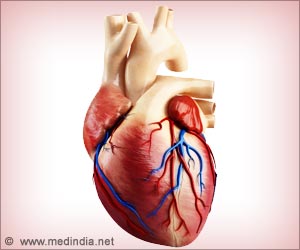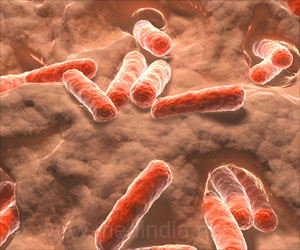Abdominal aortic aneurysm is the 10th most common cause of death in males older than 55 years but is usually asymptomatic.

‘A novel, water-soluble matrix metalloproteinases inhibitor that formed the basis for the new tracer, RYM1 could help detect abdominal aortic aneurysm.’





Abdominal aortic aneurysm (AAA) accounts for 10,000 to 15,000 deaths each year in the United States. Matrix metalloproteinases (MMPs) play a key role in the development of AAA, which is especially prevalent in older men with a history of smoking. Abdominal aortic aneurysm is the dilatation and localized bulging of the abdominal part of the aorta owing to weakness of its wall. It usually doesn’t cause any symptoms except back or abdominal pain, but can be life threatening if it ruptures.
The researchers developed a novel, water-soluble MMP inhibitor that formed the basis for the new tracer, RYM1. In preclinical evaluation, RYM1--labeled with Tc-99m (99mTc) -- was then compared with another MMP tracer in mouse models of aneurysm.
"Studies in mouse models of aneurysm showed that that this tracer allows for imaging vessel wall biology with high sensitivity and specificity, and aortic tracer uptake in vivo correlates with vessel wall inflammation," explains Mehran M. Sadeghi, MD, of the Yale Cardiovascular Research Center in New Haven and the West Haven VA Medical Center in West Haven, Connecticut.
He points out, "There is no effective medical therapy for AAA, and current guidelines recommend invasive repair of large AAA. However, the morbidity and mortality remain high, so better tools for AAA risk stratification are needed."
Advertisement
Looking ahead, Sadeghi says, "Fulfilling the potential of molecular imaging in improving patient care and advancing research is critically dependent on the development of novel tracers with real potential for clinical translation."
Advertisement
Further development of RYM1-based imaging could expand the applications of molecular imaging and nuclear medicine, and improve patient management in a wide range of diseases.
Source-Eurekalert










